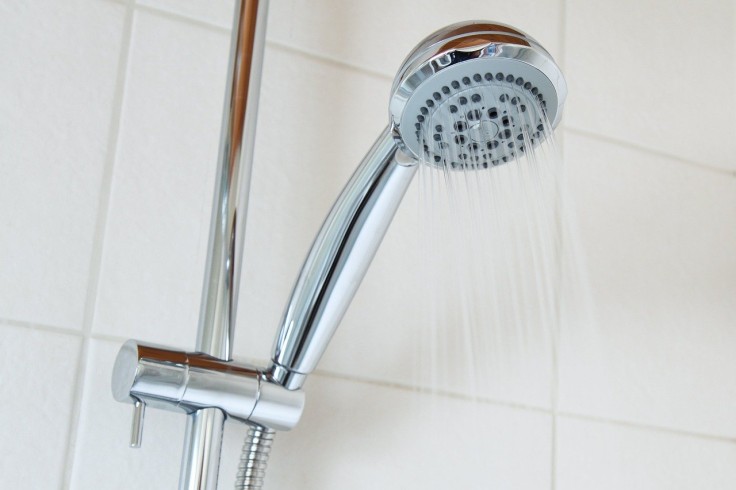
A couple of gynecologists are going viral on social media for addressing a typical habit for many mothers who like to multitask, even when taking a pee. These experts are telling mothers to stop peeing in the shower.
Dr. Alicia Jeffrey Thomas shared a hilarious video on TikTok outlining the bad habits of some women that will bear "huge consequences" on their pelvic floor. One of these is peeing in the shower, alongside pushing out your pee, hovering on the toilet, and peeing "just in case" when you don't really have to go.
In another video, Thomas explained that peeing standing up with the water running will create some unhealthy associations. Even with a strong pelvic floor, leak issues could arise whenever there's a familiar sound.
Dr. Teresa Irwin, a urogynaecologist whose specialization covers female pelvic health issues, also posted a video with a broader explanation of why moms need to stop peeing in the shower. She said it's incorrect for women to pee standing up, and it's worse if they do it when the water is running. The doctor said that the sound of the water becomes a cue that will make moms feel like they need to empty their bladder.
"So whenever you're washing your hands, washing the dishes, your bladder is going to be salivating so to speak because it wants to go and pee," Irwin said.
@dr.teresa.irwin I said what I said! Unless you're struggling with total bladder emptying you need to hear this #bladdertips #pft #obgyn ♬ Pieces (Solo Piano Version) - Danilo Stankovic
Standing up won't relax your pelvic floor
Dr. Stacey Picart, another gynecologist, told 12 Tomatoes that whenever moms habitually urinate in the shower or empty their bladder when they hear water running, they will eventually not be able to "hold higher volumes of urine." Thus, they will make frequent trips to the toilet and interrupt their activities or be inconvenienced if they don't find one right away.
The doctors said standing up or peeing with one leg up is not designed for the female anatomy. So, if the pelvic floor is not relaxed, it will make emptying the bladder inefficient and could lead to recurring issues like urinary tract infections.
The correct position is to sit on the toilet in an upright manner with the feet flat on the floor. The feet's position aids in the relaxation of the thigh and pelvic muscles. It may also be possible to lean the elbows on the knees. This position is also efficient for regular bowel movements.
The experts also said that peeing three or four times a day is the most ideal. Ideally, if a person is healthy, they won't have to get up at night to use the toilet, per Daily Mail.
Signs of a weak pelvic floor
Besides frequent peeing, moms may be experiencing pelvic floor dysfunction if they have painful urination, constipation, lower back pain, muscle spasms in the pelvis area, and pain during intercourse. Childbirth and obesity may also cause some long-term damage to the pelvic floor.
Pelvic floor exercises and yoga stretches may restore the strength of the pelvic floor muscles. Sometimes, warm baths may also improve blood circulation in the pelvic area. For some moms, a prescription medication may be needed to reduce contracting pelvic muscles, especially if it's causing pain. In worse cases, surgery may be necessary, especially if the pelvic floor dysfunction leads to a complication like a rectal prolapse.